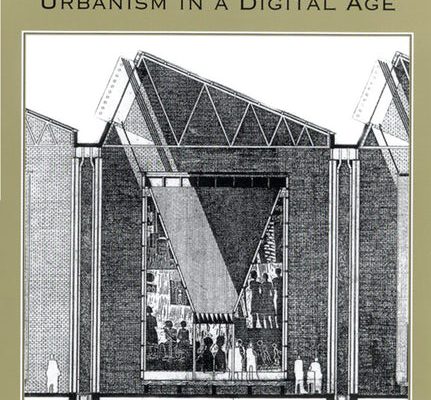[Reading Response: Ackbar Abbas]
“Disappointment is the realisation that every desire that we want to believe is unique and original is already a repetition” We strive to search for our own identity as a person, as a student, as a city. We tried to be unique, like in architecture studio sessions, we tried to design something unique. Originality as an aim is a repetition but the outcome is not repeated. Generic cities are cities that create their own identity without their history. They wanted to be unique. Cities made iconic landmarks to define their city, for example, the CCTV building in Beijing has an
